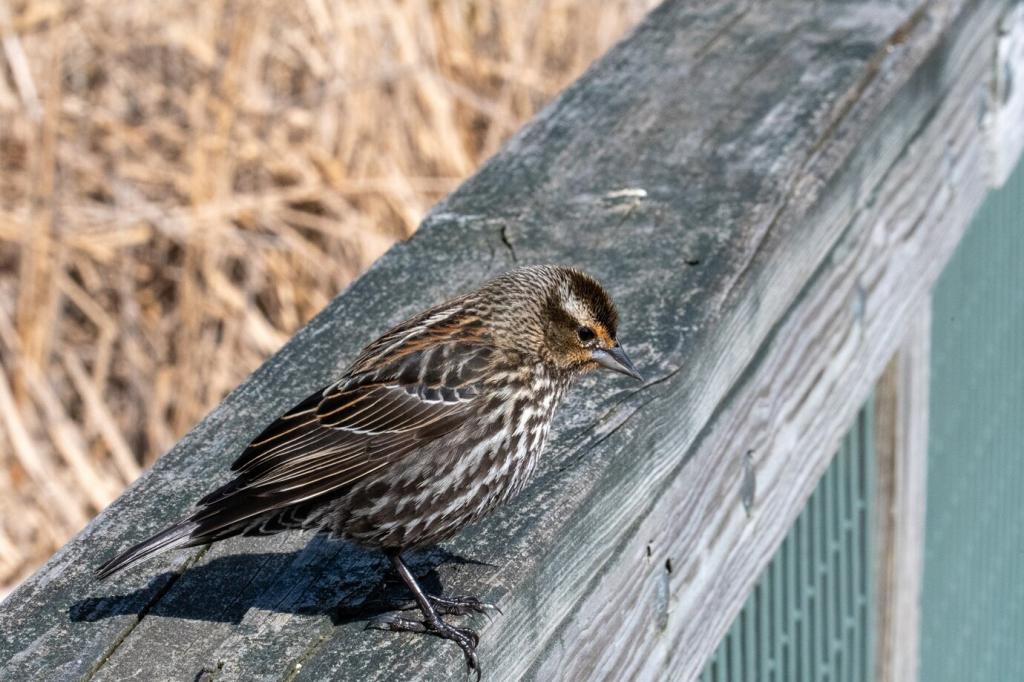Start With Plants That Play Nice
Basil, thyme, sage, dill, parsley, and catnip (for feline delight) earn top marks for pet-safe fragrance and flavor. Add a patch of oat or wheat “cat grass” for nibbling, and keep everything within paw-level reach. What herb do your pets adore? Tell us in the comments and inspire others.
Start With Plants That Play Nice
Zinnias, sunflowers, snapdragons, camellias, and African violets bring color without toxic risk when grown and maintained thoughtfully. Cluster them where paws often patrol so the garden always looks cheerful. Have a favorite pet-safe bloom combination? Share your photos and we might feature your planting plan next month.






